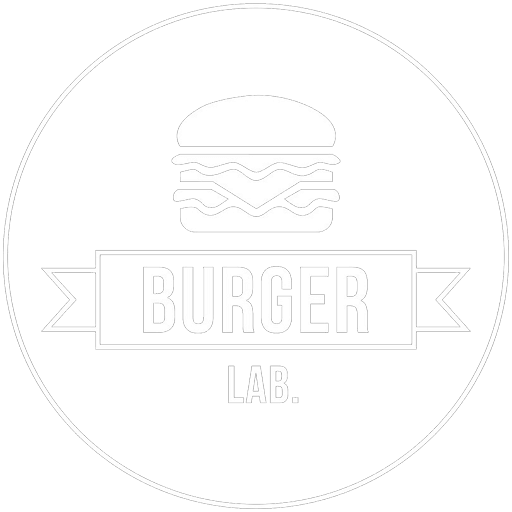Future-oriented innovations happen to be progressive products, companies and techniques that are designed to enhance people’s lives. They might change a large number of sectors which includes healthcare and space technology or raise a business’s competitiveness. Developing them requires a great deal of work among various high tech technique stakeholders as well as a paradigm change. In addition, they require a ground-breaking epistemic visibility, that means that company command line and staff must be ready to accept study via future advancements and tune in to them.
Ways to foster this sort of mindset is by using design misinformation. This involves the use of bespoke visual pluie to accomplish discussion and engagement around futures and options themes. For example , a recent UK government coverage process executed by the Office for Technology and with futures consultancy Strange Telemetry included the use of three training courses with the public around what life could be like in 2040. The results were used to advise futures coverage and homework in the UK (Voss et approach; 2015).
In this post, we take a look at the practical role of foresight strategies in building innovation environment futures’ functions. We propose a classification of these methodologies that highlights their particular potential app in future-oriented technology analysis. We likewise explore the way the classification future mobility specialists are passionate professionals can help to standardize and organize the selection of strategies in future-oriented technology analysis. This approach has the potential to contribute to the development of a futures-oriented analysis procedure that could support innovation ecosystems within their responsiveness to grand societal challenges.
